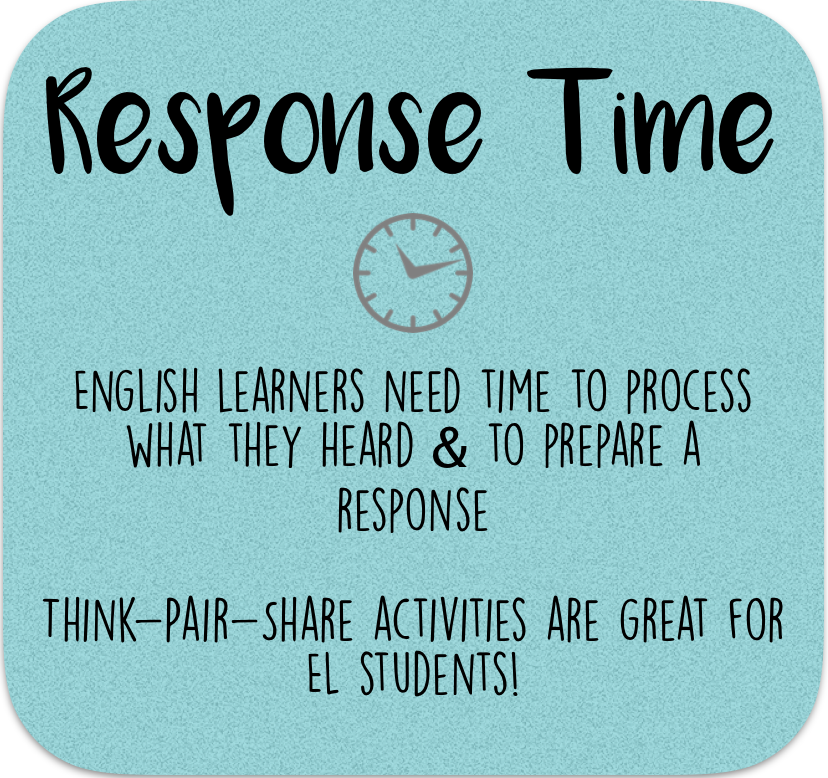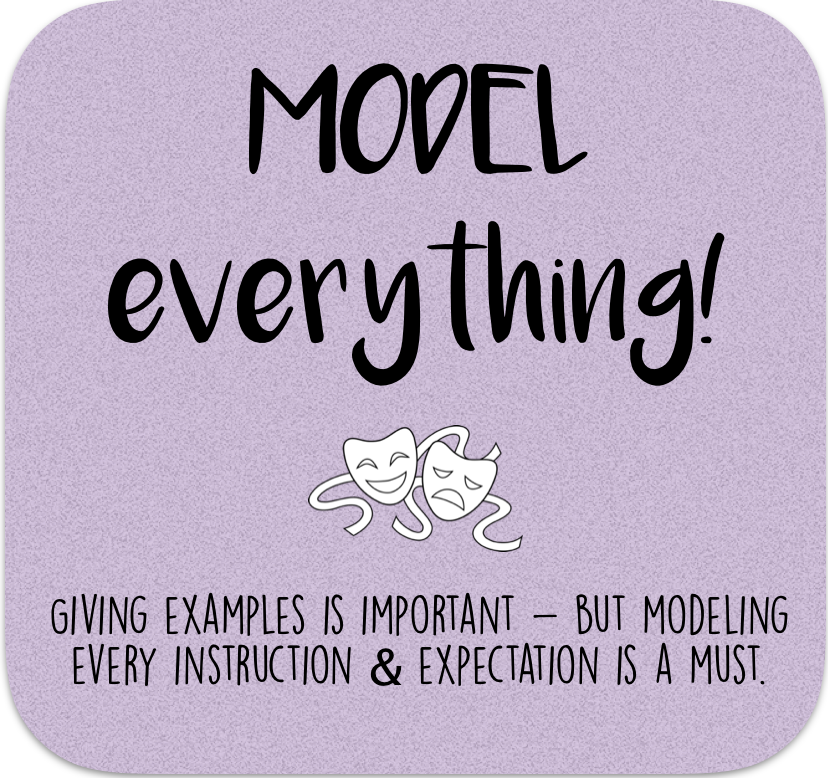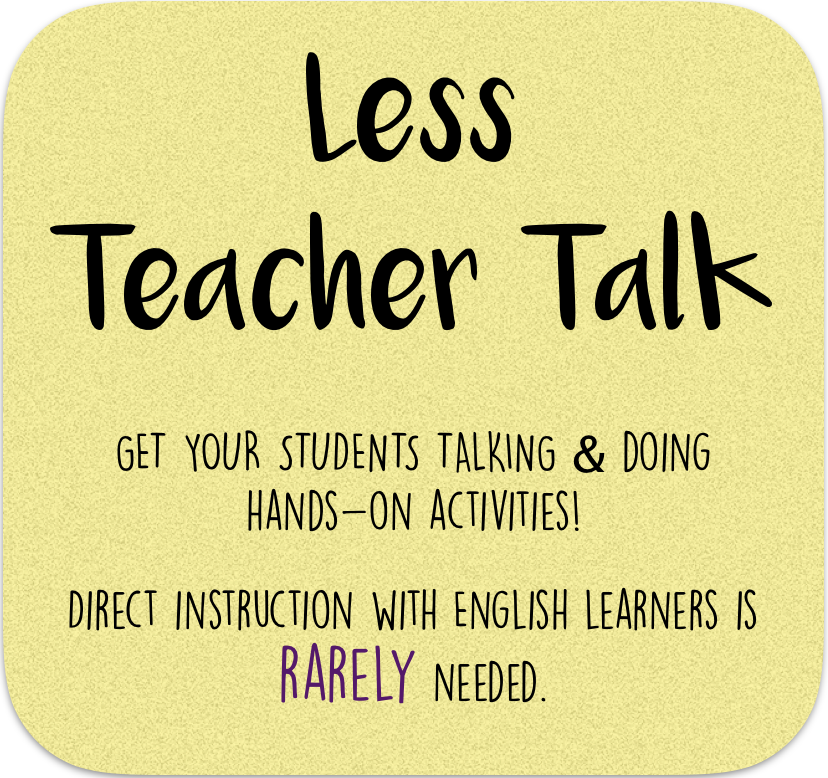5 Tips for Teaching Language Learners

If you’re teaching or interested in teaching, chances are you’ll come across an English Language Learner (ELL) in your class. I’ve observed many teachers (overseas and in the US) who struggle teaching ELLs. Instead of getting frustrated, try to use some of these tips below. They are my go-to “ESL 101” tips for teaching anyone English.

Teaching is a piece of cake, right? Idioms, slang, and casual phrases like those listed above are not self-explanatory. Students usually need these to be explicitly explained and taught before understanding.
Many teachers confuse this with “dumbing-down” English. I am in no way saying to speak incorrectly or not at grade level. However, if you simplify your speech around ELLs to not include as many idioms and slang, they’ll pick-up classroom routines and behaviors a lot faster. Then, when they’ve been in your class for a while, you can introduce some slang and common phrases. If there is a phrase you know you lie to use a lot, make sure you explicitly explain it or include it in your first week of lessons.

This is one of my most important tips! Give students a chance to think and prepare a response. I like to have students share answers as pairs before having students respond. This allows them to think, form an answer, and hear another answer before having to answer in front of everyone. If there isn’t time for that, I usually pause about 10-15 seconds after asking a question. It will feel long at first, but it’s beneficial!

Keep it visual! Use drawings, pictures, technology, real objects, anything you can! If you have students who need daily vocabulary reminders, consider taping some visuals/words on their desk for them to point to or refer to.

Start modeling all instructions and expectations. The less you talk and more you “walk” (or show) will help students who aren’t following each word.

Lastly, “teacher talk” is a term used a lot in education. With ELLs, teacher talk should be at a minimum. Using the tips above such as visuals and modeling should help with this. If you have low ELLs, then direct instruction should rarely be used. Use partners, groups, games, flash cards, listening tasks, objects, songs and chants, and more to get your students talking!
If you can’t remember all five, then keep this in mind: SMILE. USE VISUALS. TALK LESS.
If you do those three things, you’ll be great! 🙂
-The ESL Girl
